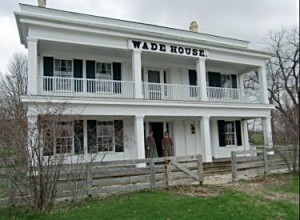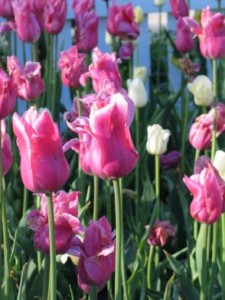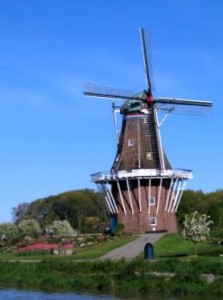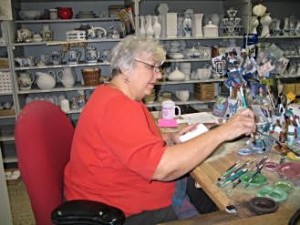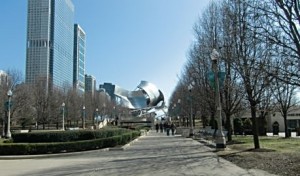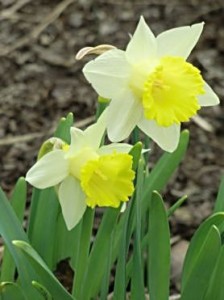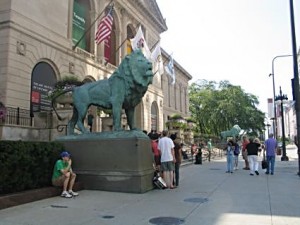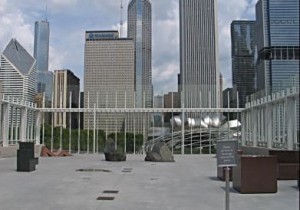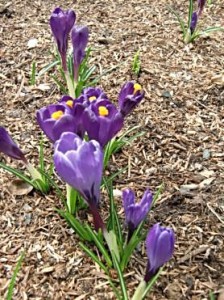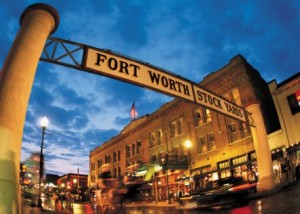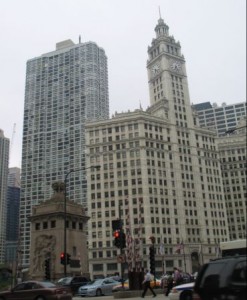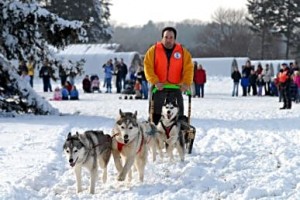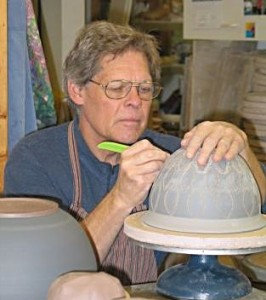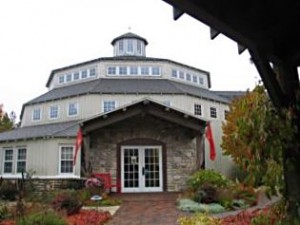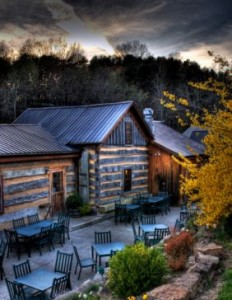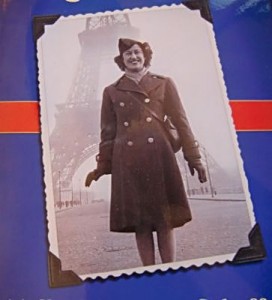Stand on the sidewalk at Wacker Drive at the Chicago River west of Michigan Avenue. It looks fine, now. But mid-summer 2010 the area was a battle zone.

Wacker Drive, backed by the Wrigley Building, Marina City and the Tribune Tower, was a prime filming location for Paramount Pictures’ Transformers: Dark of the Moon.
Released mid-summer 2011, the film stars Shia LaBeouf, Rosie Huntington-Whiteley and Josh Duhamel. Guests of Hotel 71 which borders the other side of the river had front window seats of the action.
Below where you are standing is lower Wacker Drive – scene of Batman’s race to rescue a high level Gotham official. Chicago was Gotham in the Dark Knight released in 2008. Bruce Wayne’s bedroom was shot in Hotel 71.
Indeed, downtown Chicago is rife with Dark Knight movie locations. The city was also used in the 2005 release of Batman Begins.
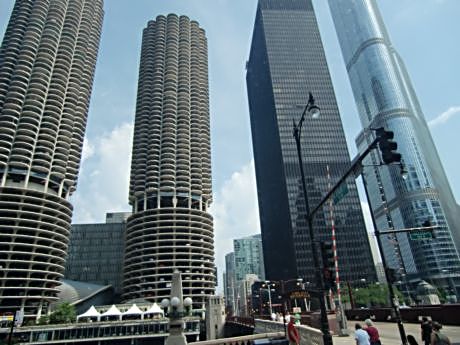
Transformers 3, Dark Knight and Batman Begins are only a few of the many movies and TV segments filmed in Chicago.
Avid movie buffs might track down all the sites of their favorite Chicago locations such as The Blues Brothers or Ferris Bueller’s Day Off.
However, there is a not widely known way to get the info and go by many of the sites. Arguably in the category of best kept secrets is Chicago Film Tour owned by movie buff John Brinkman.
From Wrigley Field on the north side to Chinatown on the south with several places in between, Chicago Film Tour does a two-hour loop that passes locations used in more than 80 movies filmed in the city.
A buyout left Brinkman ready for a career move a few years ago. “I remembered a Sound of Music tour I took with my father in Austria. I loved it,” he said.
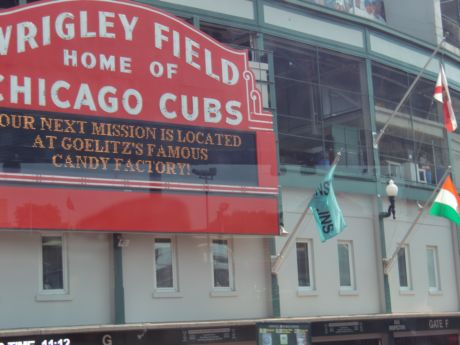
But instead of concentrating on one movie made in Chicago, Brinkman thought visitors and residents would enjoy seeing and hearing about all the movies with Chicago sights except a full tour could easily take a day.
“I had to narrow it down. I drove around the city and mapped out a route,” he said.
Brinkman does do private tours and some all day tours that include lunch. For his regular two-hour public tours, he has knowledgeable guides. All tours include film clips and interesting tidbits that might not be known except by movie aficionados and critics.
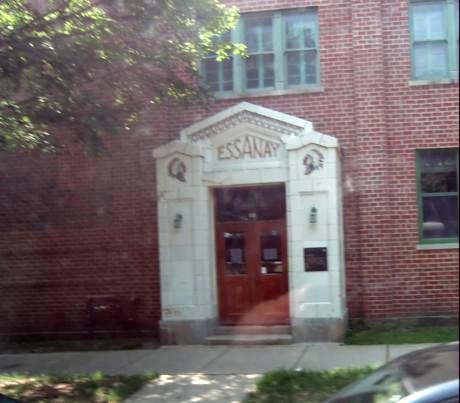
On a recent trip, the bus turned down Argyle, a narrow residential street in the Uptown neighborhood where it paused in front of St. Augustine College.
“Essanay” was emblazoned over a doorway. It is an amalgamation of Spoor and Anderson for George K. Spoor and Gilbert M. Anderson.
The building and back lot stretching from 1333 to 1345 had housed Essanay Film Manufacturing Company whose most famous star was Charlie Chaplin. The silent movie legend had filmed “His New Job” in Chicago with Ben Turpin for Essanay.
After the tour HollywoodChicago.com movie critic Patrick McDonald, the guide for that day’s bus tour, said he enjoyed sharing movie knowledge with riders and introducing them to places they might not know.
“You can see where Essanay Studios was. It’s living history. Imagine rolling up to the place where the Great Chaplin walked through and did a film,” McDonald said. (Chaplin filmed “His New Job” in Chicago with Ben Turpin.)

Chicago Film Tour Details: Tickets $30 a person. Pick-up is Clark Street in front of the Rock ‘n’ Roll McDonalds between Ohio and Ontario Streets. Because the bus only seats 36 people and most trips are sold out, reservations are highly recommended.
(All photos by Jodie Jacobs except Terminator 3 location shot)



